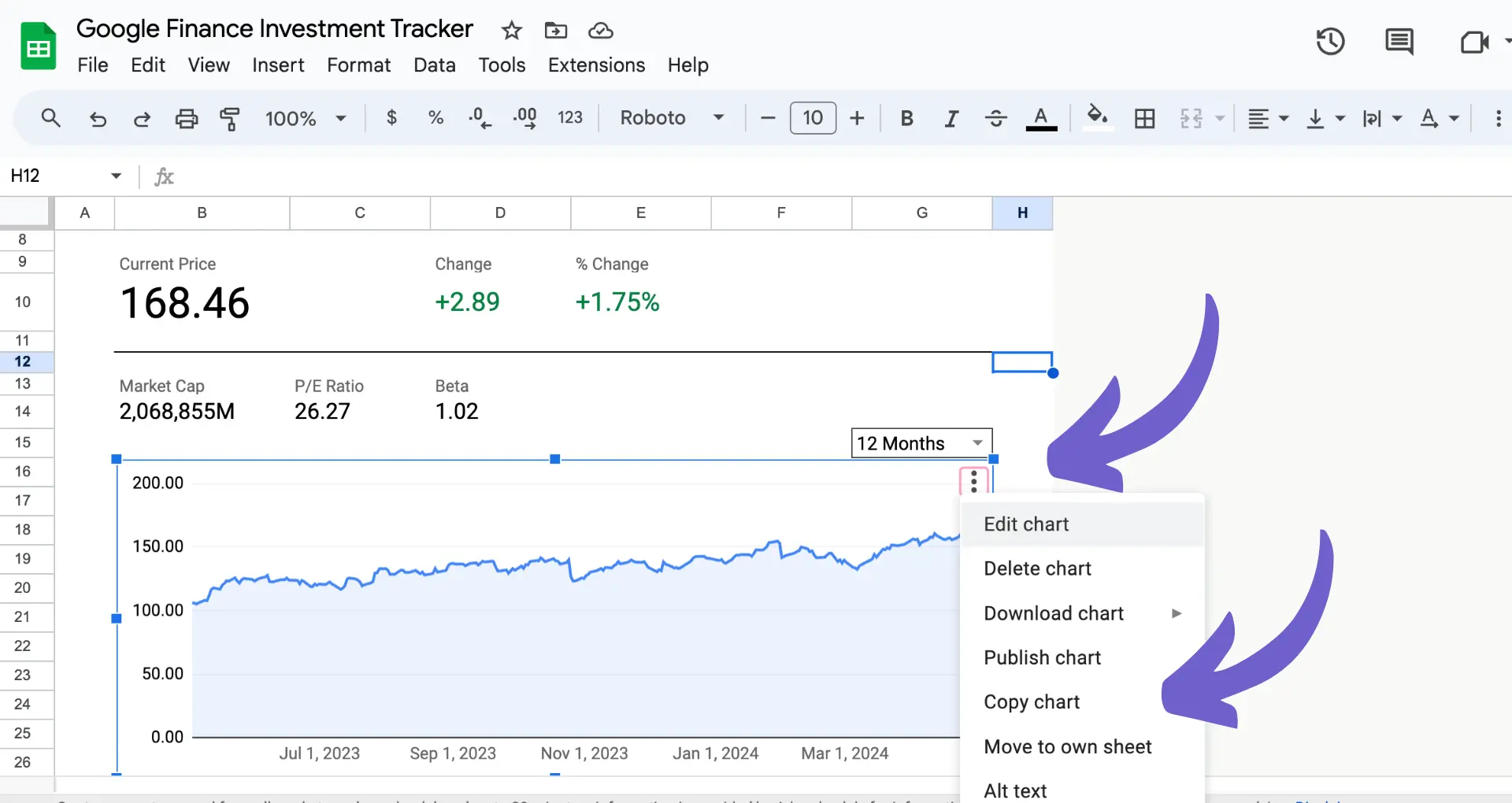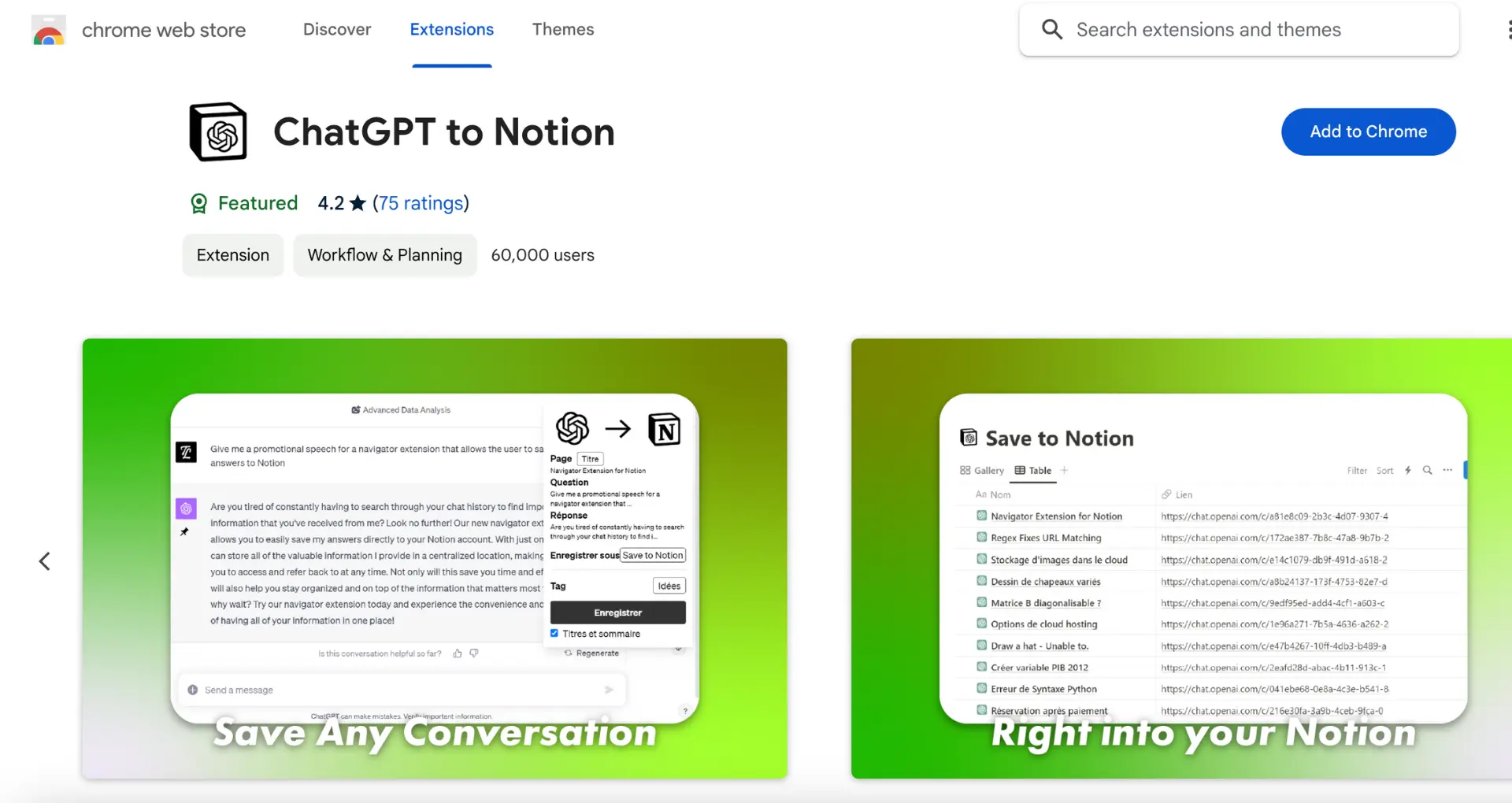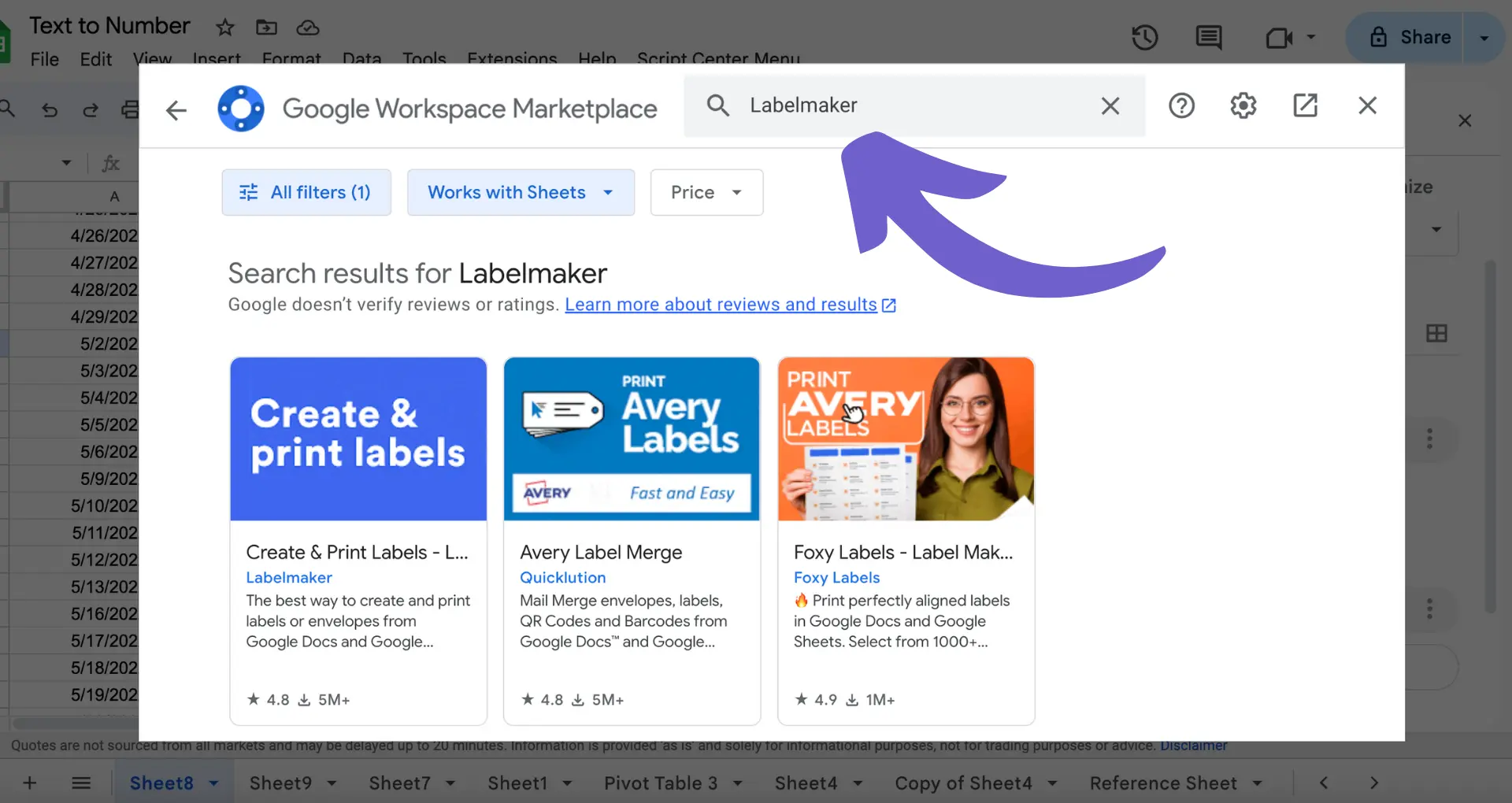The Salesforce Data Import Wizard is a powerful tool that streamlines the process of importing data into your Salesforce org. In this step-by-step guide, we'll show you how to access the Data Import Wizard and use it to import accounts, contacts, and custom object records. By following these instructions, you'll save time and ensure your data is accurately transferred into Salesforce.
Understanding the Salesforce Data Import Wizard
The Salesforce Data Import Wizard is a built-in tool that allows you to quickly and easily import data into your Salesforce org. With this wizard, you can import a variety of data types, including:
- Accounts
- Contacts
- Leads
- Custom objects
Using the Data Import Wizard offers several advantages over manual data entry or other import methods:
- Save time by bulk importing data
- Ensure data accuracy and consistency
- Easily map fields to match your Salesforce org's structure
- Handle large data sets with ease
By leveraging the power of the Data Import Wizard, you can streamline your data management processes and keep your Salesforce org up-to-date with minimal effort. For more advanced workflows, consider integrating Excel with Salesforce to automate repetitive tasks.
How to Access the Data Import Wizard
Accessing the Data Import Wizard in Salesforce is a straightforward process. Here's a step-by-step guide:
- Log in to your Salesforce org
- Click on the App Launcher icon in the top-left corner of the screen
- Search for "Data Import Wizard" in the search bar
- Click on the Data Import Wizard app to launch it
Alternatively, you can access the Data Import Wizard through the Setup menu:
- Click on the gear icon in the top-right corner of the screen
- Select "Setup" from the dropdown menu
- In the Quick Find search box, type "Data Import Wizard"
- Click on "Data Import Wizard" under the Data Management section
Once you've accessed the Data Import Wizard, you're ready to start importing your data into Salesforce. For more tips on managing your data, check out how to scrape data from websites efficiently.
Automate data scraping with no-code tools like Bardeen. Extract web data easily and integrate directly with Google Sheets for efficient workflows. Learn more about scraping data.
Understanding the Salesforce Data Import Wizard
The Salesforce Data Import Wizard is a powerful tool that simplifies the process of importing data into your Salesforce org. It allows you to quickly and easily import various types of data, such as accounts, contacts, leads, and custom objects, from CSV files.
With the Data Import Wizard, you can:
- Import new records
- Update existing records
- Delete records
- Upload up to 50,000 records at a time
The wizard guides you through the import process step-by-step, making it easy to map your CSV file columns to Salesforce fields and ensure that your data is imported accurately. If you need to streamline your sales processes, consider using AI sales automation for better efficiency.
Using the Data Import Wizard offers several advantages over manual data entry or other import methods:
- Saves time and reduces errors compared to manual data entry
- Allows you to import large volumes of data quickly and efficiently
- Provides a user-friendly interface for mapping fields and managing the import process
- Offers error logging and reporting to help you troubleshoot any issues that arise during the import
Whether you're migrating data from another system, importing new leads from a marketing campaign, or updating existing records in bulk, the Salesforce Data Import Wizard is an essential tool for managing your data in Salesforce. For optimizing your prospecting efforts, check out our guide on sales prospecting tools.
Preparing Your Data for Import
Before you begin importing data into Salesforce using the Data Import Wizard, it's crucial to ensure that your data is properly prepared and formatted. This involves several key steps:
- Data Cleaning: Review your data for inconsistencies, errors, or missing information. Ensure that all required fields are populated and that the data is accurate and up-to-date.
- Data Formatting: Salesforce requires data to be in a specific format for successful import. Make sure that your data adheres to Salesforce's field requirements, such as date formats, picklist values, and text limitations.
- CSV File Preparation: The Data Import Wizard accepts data in CSV (Comma-Separated Values) format. Ensure that your CSV file is properly structured, with a header row that matches the Salesforce field names and each record on a separate line.
When preparing your CSV file, keep in mind the following requirements:
- Use a comma to separate field values
- Use double quotes to enclose values that contain commas or line breaks
- Ensure that the file is UTF-8 encoded
- Limit the file size to 100MB or less
Field mapping is another critical aspect of data preparation. This process involves matching the columns in your CSV file to the corresponding Salesforce fields. To avoid common mistakes during field mapping:
- Ensure that the field names in your CSV file header row exactly match the Salesforce field names
- Map all required fields in Salesforce to a column in your CSV file
- Verify that the data types in your CSV file match the field types in Salesforce (e.g., dates, numbers, text)
- Use Salesforce's "Preview" feature to check your field mapping before starting the import
By following these data preparation guidelines and carefully mapping your fields, you can ensure a smooth and successful data import using the Salesforce Data Import Wizard. For more information on data enrichment, check out our blog post.
Don't waste time with repetitive CSV tasks. Use Bardeen to automate data processing and focus on more important work.
Executing and Managing Data Imports
Once your data is prepared and you've accessed the Data Import Wizard, you're ready to execute the import process. Here's a step-by-step guide:
- Select the data type you want to import, such as accounts, contacts, or custom objects.
- Choose the operation type for your import:
- Insert: Add new records to Salesforce
- Update: Modify existing records in Salesforce
- Upsert: Insert new records or update existing ones based on a unique identifier
- Map the fields from your CSV file to the corresponding Salesforce fields. Ensure that all required fields are mapped correctly.
- Start the import process and monitor its progress. The Data Import Wizard will display the status of your import, including the number of records processed and any errors encountered.
If you encounter any issues during the import process, consider the following troubleshooting tips:
- Review the error log provided by the Data Import Wizard to identify the specific records and fields causing the issues
- Double-check your field mappings to ensure that data is being imported into the correct fields
- Verify that your data meets Salesforce's field requirements and limitations
- If you receive a "timeout" error, try splitting your data into smaller batches and importing them separately
After the import process is complete, it's crucial to validate your data to ensure accuracy and consistency. Here are some post-import best practices:
- Spot-check a sample of imported records to verify that data was imported correctly
- Run reports to identify any missing or incorrect data
- Use Salesforce's Duplicate Management tools to identify and merge any duplicate records that may have been created during the import process
- Consider implementing data validation rules to maintain data integrity going forward
By following these steps and best practices, you can ensure a successful data import and maintain high-quality data within your Salesforce org. For more tips, see our guide on building a robust prospect list.






